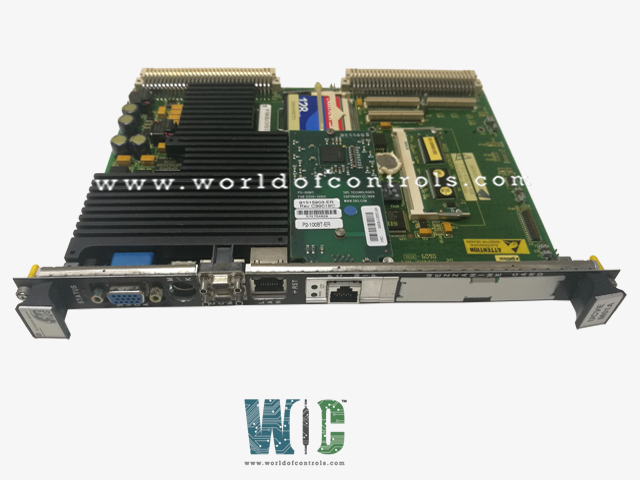
World Of Controls understands the criticality of your requirement and works towards reducing the lead time as much as possible.
IS215UCVCH1A - Controller Board is available in stock which ships the same day.
IS215UCVCH1A - Controller Board comes in UNUSED as well as REBUILT condition.
To avail our best deals for IS215UCVCH1A - Controller Board, contact us and we will get back to you within 24 hours.
SPECIFICATIONS:
Part Number: IS215UCVCH1A
Manufacturer: General Electric
Series: Mark VIe
Number of trip solenoids: 3
Memory: 16 MB DRAM
Operating system: QNX
Microprocessor: Intel Pentium 133 MHz
Trip Solenoid Rating: 125 V dc
Programming: Boolean
Ethernet interface: Thinwire 10Base2
ISBus interface: Twisted pair RJ-45
Power requirements: +5 V dc
Product Type: Controller Board
Common Mode Voltage Range: ±5 V
Dimensions: 17.8 cm wide x 33.02 cm
Operating temperature: 0 to 60 °C
No.of Analog Voltage Inputs: 6
Repair: 3-7 Day
Availability: In Stock
Country of Origin: United States
Manual: GEH-6421M
FUNCTIONAL DESCRIPTION:
IS215UCVCH1A is a Controller Board manufactured and designed by General Electric as part of the VIe Series used in GE Distributed Control Systems. There are three versions of the UCVC: UCVCH1, UCVCH3, and UCVCH5. The typical UCVCH1 controller is a double-slot board with an Intel Pentium CPU running at 133 MHz and equipped with 16 MB of DRAM and 8 MB of flash memory. Through the use of Ethernet, a single 10Base2 (BNC connector) Ethernet connection can be used to connect to other devices or the toolbox. Eight status LEDs arranged in a double column are found on the UCVC. When the controller is functioning normally, these LEDs are turned on one after the other in a revolving pattern. The LEDs flash an error code that indicates the issue when an error circumstance happens.
FEATURES:
When it comes to GE Distributed Control System Replacement Parts, WOC has the largest inventory. We are also able to fix your broken boards. Additionally, WORLD OF CONTROLS offers refurbished and unsealed parts that come with a warranty. Our team of professionals is on hand 24/7 to assist with your OEM requirements. We at WOC are pleased to help you with any of your automation needs thanks to our knowledgeable team. Please contact our team by phone or email for pricing and availability on any components and repairs.
How does the UCVC Controller Board integrate with a control system?
The UCVC Controller Board integrates into a control system by interfacing with other components such as sensors, actuators, and the main control unit. It processes visual data obtained from cameras to provide input for decision-making and control actions.
What advantages does the UCVC Controller Board offer in control systems?
The UCVC Controller Board offers several advantages, including real-time processing capabilities, high-speed performance, flexibility in programming, compatibility with various camera types, and the ability to enhance system intelligence through vision-based algorithms.
How are boards packaged for shipment from WOC?
Parts are placed in antistatic packets and securely packed in ESD boxes cushioned with ESD Foam designed to safeguard electrical components.